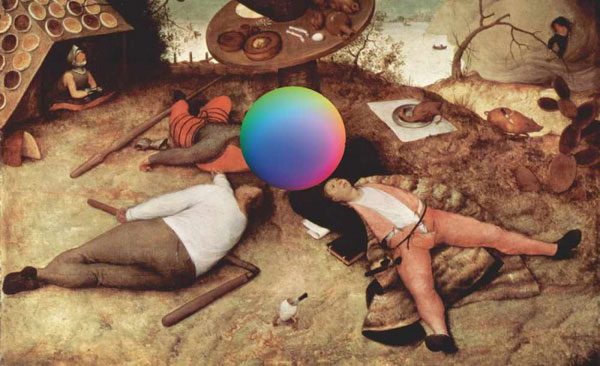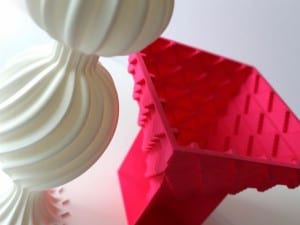Melanie Jackson’s The Urpflanze (Part 2), commissioned by the Arts Catalyst, will be presented at Flat Time House from 28 March. In a series of moving image works and ceramic sculptures, Jackson continues her ongoing investigation into mutability and transformation, which takes its lead from Goethe’s concept of an imaginary primal plant, the Urpflanze, that contained coiled up within it the potential to unfurl all possible future forms.
Contemporary science likewise imagines the potential to grow or print any form we can envisage, by recasting physical, chemical and biological function as an engineering substrate that can be programmed into being. These emerging technologies present new possibilities for the instrumentalisation of life on a previously unimagined scale.
Jackson’s multifaceted work will be installed throughout the ground floor of Flat Time House, the former home and studio of artist John Latham. Her exploration into the Urpflanze is closely aligned with Latham’s preoccupation with the event!. Within his Flat Time Theory, Latham insisted on the event! as the smallest unit of existence. Therefore, all phenomena can be considered as ‘event-structures’ comprised of a continuous compound manifold of unrelenting change. Common to Latham’s works and Jackson’s The Urpflanze (Part 2) there is an opening of the boundaries through and between objects, bodies, non-human and human events, sentient and inert material.
In the eighteenth century, the development of sophisticated techniques of ceramic production signified a victory of chemistry, culture and capital over formlessness. It pushed the capacity of the material to accommodate highly detailed representations, to radiate colour and sheen, to perform. Like clay, liquid crystals also have a visceral biological and mineral morphology that can collapse into formlessness, whilst harbouring the potential to assume (or emit the image of) any form. The mastery of the material is played out in a desire for the real in high definition, and a longing for the appearance of unknown and fantastical forms.
Jackson’s exhibition extends fairytale themes of absurd disruptions in vegetal scale, from Zola’s “revolutionary” carrot to the fantasies of remediation that science may have in store for us. The work begins in the botanical garden and leads us to the laboratory, from the clay pits to the factory floor, from its own animated voxels to the interior of the screen, and the forms and processes of its own production.
Melanie Jackson’s The Urpflanze (Part 2), 28 March until 12 May, Flat Time House, 210 Bellenden Road, London, SE15 4BW. www.flattimeho.org.uk
Image courtesy Arts Catalyst




